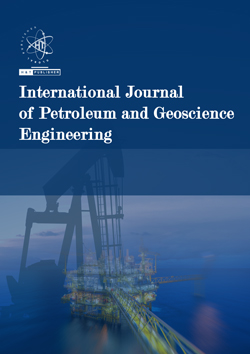


This work presents a numerical simulation approach in evaluating concentration and adsorption of polymer during a polymer flooding using a 3-D compositereservoir model with 100 cells (10x10x1). The reservoir was produced with two wells – injection (INJ) and producer (PROD) which are positioned at (3, 3, 1) and (8,8,1) grids respectively. The parameters investigated are the polymer adsorption coefficients, polymer in solution, oil/water saturation, oil-water capillary pressure and field production outputs. An increase in the amount of polymer (in solution) and the resulting polymer concentration and adsorption was fast in the producer grid cell (3, 3, 1) and slow in the grids at the extreme ends – (1, 1, 1) and (10, 10, 1). The presence of high permeability streaks along the central axis of the diagonal grid cells influences the polymer concentration distribution and adsorption. Hence, despite the equal spatial differences of grid cells (1,1,1) and (5, 5, 1) from the injector grid at (3, 3, 1), the amount of polymer in solution and the actual polymer concentration were far apart and not comparable. In the absence of reservoir fractures (or heterogeneity), advancement of polymer in water phase is relatively subject to the location of the injection well and the producer well.